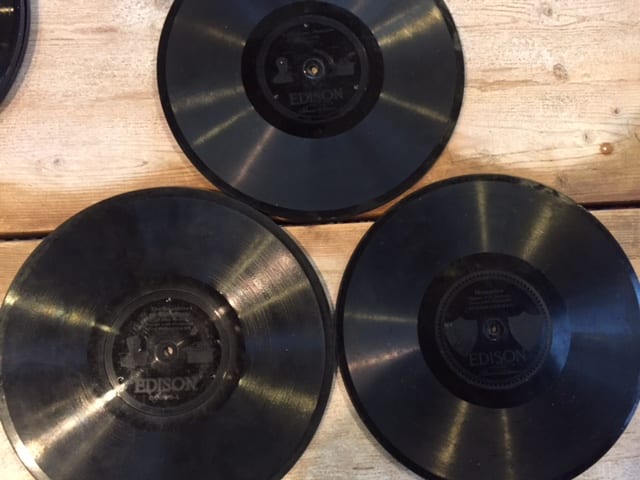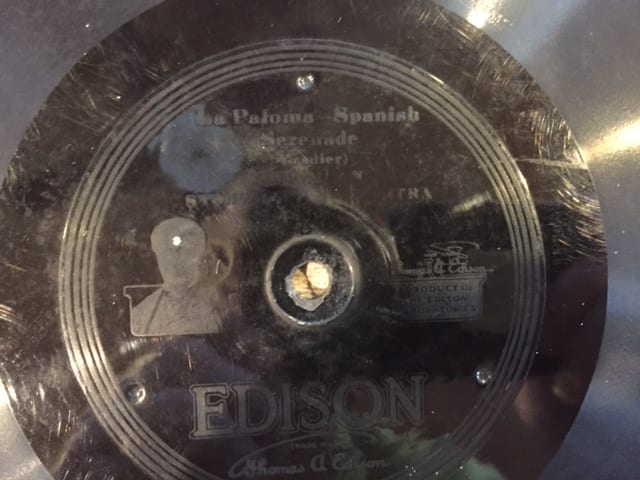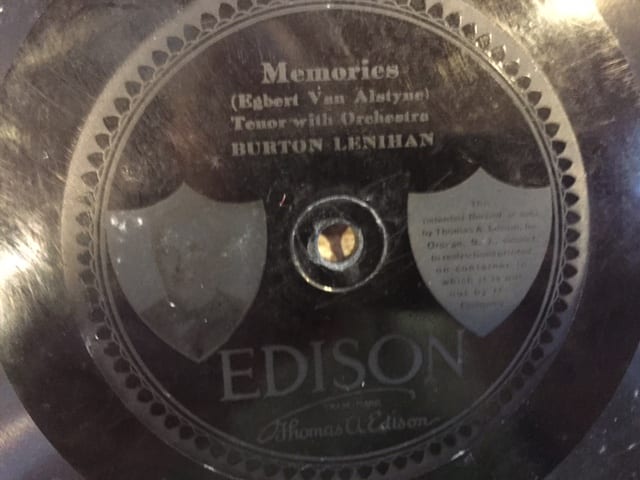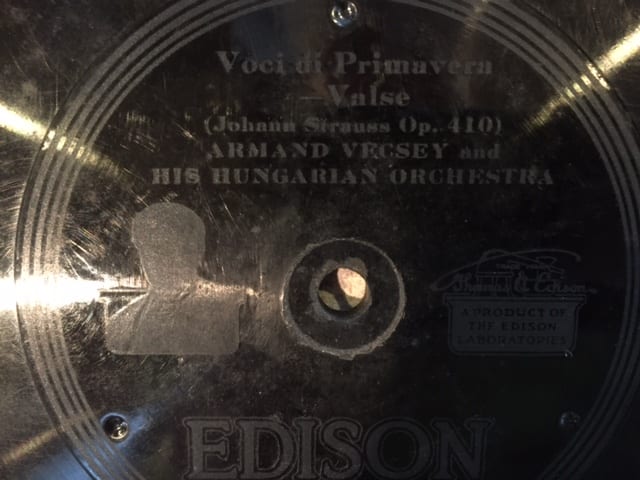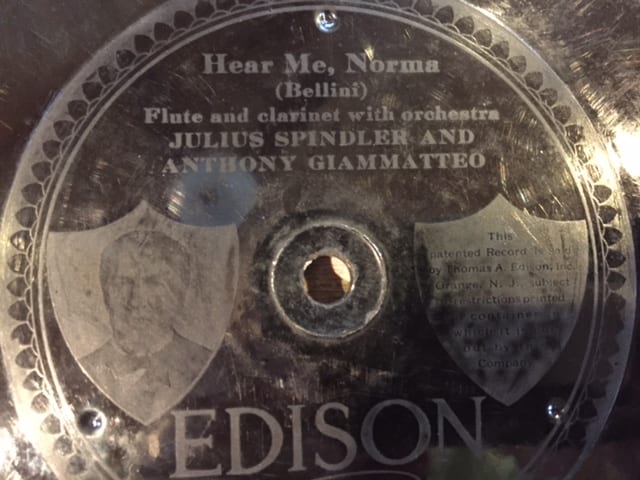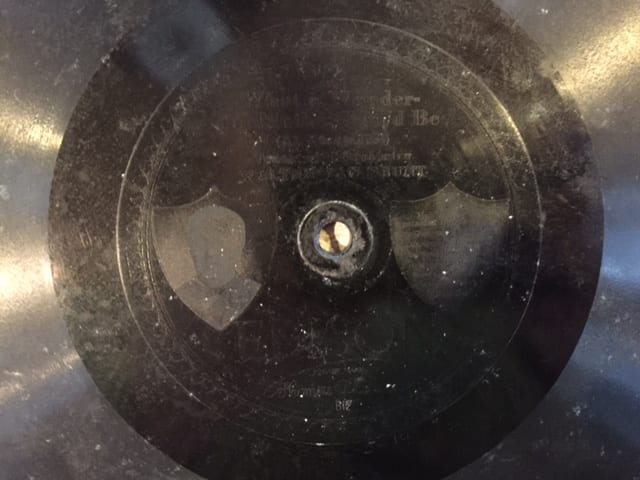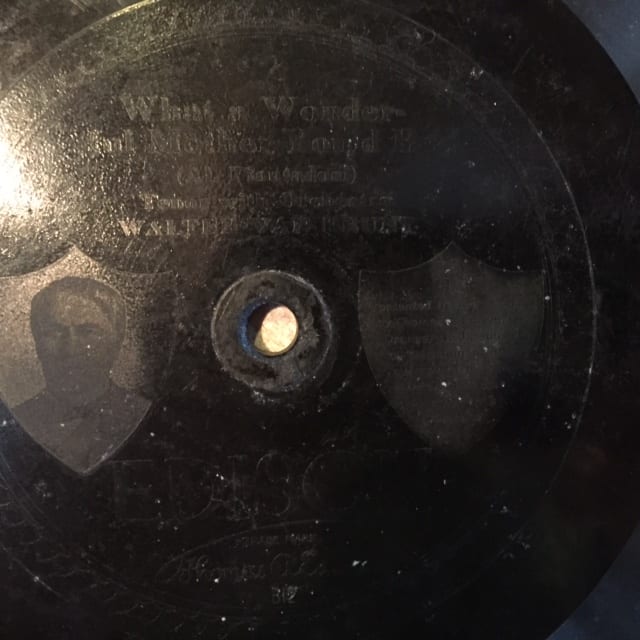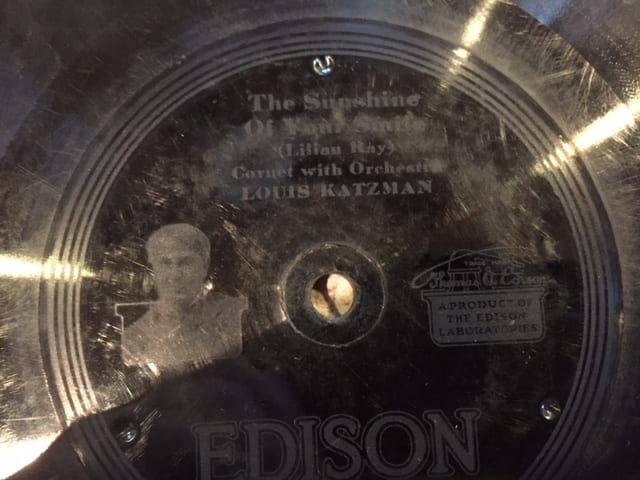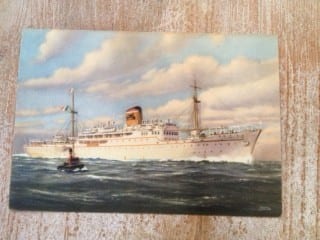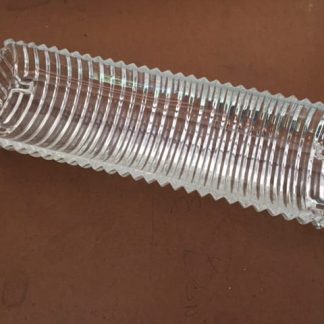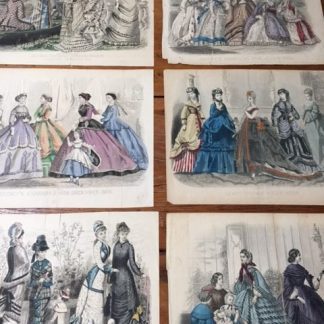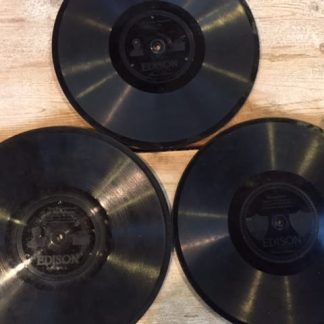Description
Edison Disc records (also known as Diamond Disc records because the stylus used was diamond) were introduced by Edison Records in 1912.
They were introduced to compete with disc sound recordings from companies such as Victor Talking Machine company. Unlike competitors’ discs, Edison Discs used up and down movement rather than side to side (or lateral) and so the grooves have smooth sides and variable depth. Because of this, Edison Discs are incompatible with other phonograph discs (although some adapters may be available).
Edison’s 10-inch discs play for nearly five minutes per side with 150 threads per inch (TPI), and revolved at 80 RPM. They are 1/4″ thick and are filled with wood flour or later with china clay.
Sales peaked in 1920 and in 1926 a microgroove version (450 TPI allowing up to 40 minutes per side on a 12 inch disc) was introduced but for technical reasons, it was not a success.
Sales continued to drop, and the last Edison Discs were made in 1929.
Label details are etched directly into the ‘wax’. This makes the item details hard to read. You need to angle the record into the light. The photographic portrait of Thomas Edison differs on Type B from Label Type A in that Edison is better groomed and dressed and is presented within a shield border. On the right of the spindle hole is another shield with the words: “This patented record is sold by Thomas A. Edison Inc., Orange, N.J., subject to restrictions printed on container in which it is put out by this Company.” Thomas Edison’s signature is now below the word EDISON below the spindle hole. There are three dimples equidistant on the perimeter of the labels.
